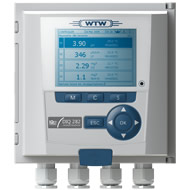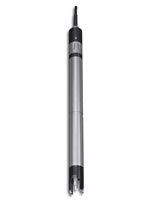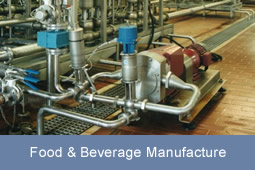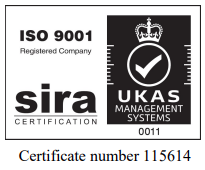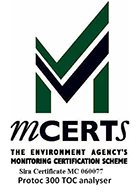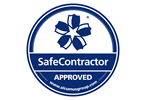Energy reduction within biological treatment
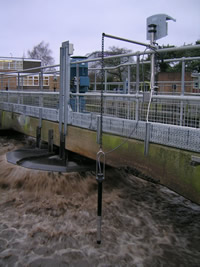 One of the biggest costs for water-water treatment is energy consumption; the cost of which is likely to escalate with increased demand. Ineffective process control may not only be costly but environmentally impacts though the inefficient use of an un-renewable resource. Furthermore, poor process control in one area may also impinge on neighbouring processes ultimately affecting effluent water quality.
One of the biggest costs for water-water treatment is energy consumption; the cost of which is likely to escalate with increased demand. Ineffective process control may not only be costly but environmentally impacts though the inefficient use of an un-renewable resource. Furthermore, poor process control in one area may also impinge on neighbouring processes ultimately affecting effluent water quality.
Aerobic digestion is one of the principle methods of waste-water treatment, used to remove harmful ammonia through the process of nitrification. Surface or diffused aeration is widely deployed and traditionally, the concentration of dissolved oxygen (required by the nitrifying bacteria) has been monitored using DO meters. Concentrations have traditionally been maintained within a specified concentration range typically 1.8 to 2.2mg/L. Water Companies have recently investigated alternative control philosophy, to optimise the treatment process and save on energy costs. The realisation that the aeration can be controlled dependant upon the ammonia load entering the aeration ditch rather than simply maintaining a relatively high DO concentration, has prompted Scientist to further automate using additional on-line instrumentation.
The measurement of the ammonia/ammonium concentrations entering the treatment basin has often proved extremely successful to provide forward control of aeration processes. The integration of an additional measurement after treatment may optimise treatment using feed-back control. The conventional DO meters may then be used to provide a minimum DO set point, often at half the concentration traditionally set. The resultant energy cost saving is estimated to be typically 25%, which is significant even a medium sized plant. PPM can offer two alternative monitoring approaches using either direct probe or analyser technology.
Direct probe measurement technology
The IQ Sensor Net system uses a digital interfacing platform and the connection of robust submersible sensors for the direct measurement of ammonium concentrations. The WTW ammolytplus probe technology is simple to install, simple to maintain and is installed directly into the treatment basin. Operators are required to perform a matrix calibration, using a photometer (typically monthly) to validate performance. The WTW ammolytplus sensor is automatically cleaned using compressed air and digitally transmits data to the controller thus allowing for significant sensor to instrument separations. Additional parameters such as DO, MLSS, pH, conductivity and nitrate may also be incorporated.
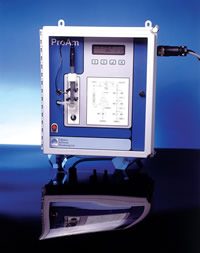 Proam analyser measurement
Proam analyser measurement
PPM manufactures the Proam ammonia analyser which has also been used to monitor the concentration of ammonia in liquors within the treatment basin. Since the analyser automatically calibrates against two known standards, all measurements are validated by the instrumentation giving additional confidence in reported result of ammonia concentration. The analyser technique requires sample preparation of the liquor to remove the suspended solids component before analysis. The sample preparation may be installed directly into the basin or alternatively can receive a pumped sample dependent upon application. PPM manufactures secondary enclosures suitable for floor or hand rail mounting to contain the measurement system.
Click here for more information on Proam analytical technology [PDF 2MB]
Coagulation control
The Protoc TOC analyser has also been installed at the inlet to provide continuous measurement of organic load entering a treatment facility. The ability to predict load and control the addition of coagulant is preferential to regulating chemical dosing on flow alone. Similarly, the measurement of phosphate may also be used where chemical dosing is required for P-removal to improve water quality.
More information? Get in touch!
If you would like more information relating to this product or the services Pollution PPM can provide, please Contact Us.
For International enquiries, please contact one of our dealers listed on the following page - International Dealers


